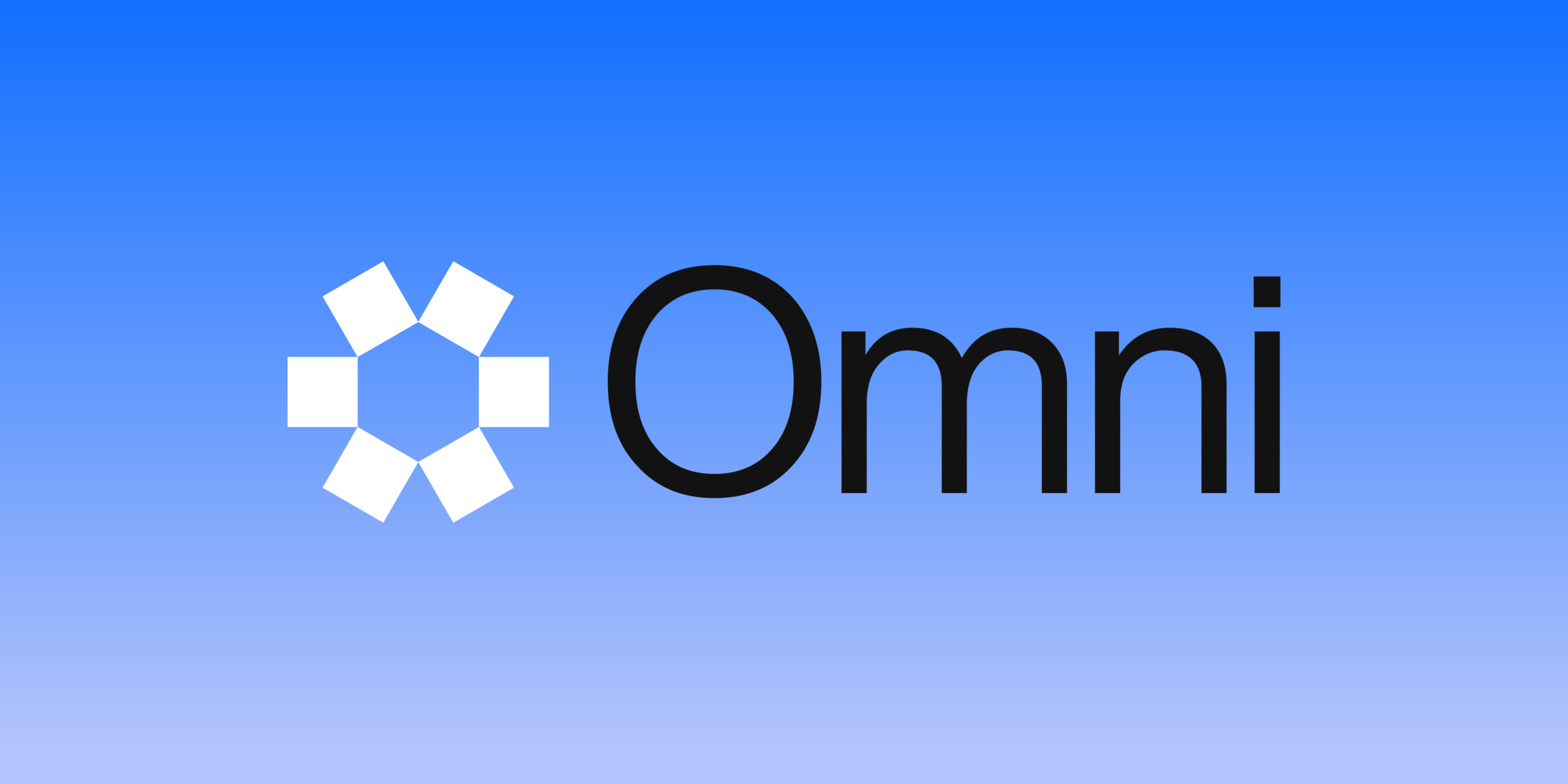Introduction
Omni Network is poised to tackle the fragmentation of the Ethereum ecosystem through an innovative approach aimed at enhancing interoperability among various rollups. This review delves into Omni’s technology, architecture, and strategic roadmap, focusing on its promise to rekindle Ethereum’s vision as a unified platform.
Innovation
Omni Network introduces significant innovations, particularly in its unified Ethereum ecosystem management approach. It proposes a seamless interoperability model that enables low-latency communication and advanced security measures backed by Ethereum’s L1 security. These capabilities are designed to overcome fragmentation and improve scalability and efficiency across Ethereum’s rollup landscape.
Omni Network Architecture
Omni’s dual-chain architecture is a noteworthy advancement in the blockchain space. It separates the Consensus Layer and the Execution Layer, utilizing the CometBFT consensus algorithm to ensure robust transaction validation and an Ethereum Virtual Machine (EVM) compatible Execution Layer for managing global states and running decentralized applications. This architecture is crafted to enhance performance and scalability while maintaining high-security standards.
Code Quality
The Omni Network‘s codebase reflects a high software engineering standard focusing on security and efficiency. Using a specialized messaging protocol (XMsg) and Portal Contracts across rollups ensures that the system meets the technical requirements of interoperability and adheres to best code safety and maintainability practices.
Product Roadmap
Omni’s product roadmap articulates a clear vision for the progressive integration of various Ethereum rollups. Plans involve:
- Expanding the network’s capabilities to include more rollups.
- Enhancing the gas abstraction feature.
- Refining the economic incentives for validators.
This forward-thinking approach indicates a robust strategy geared towards long-term sustainability and expansion.
Usability
Introducing a gas abstraction mechanism simplifies the user experience by allowing transaction fees to be paid in one unified currency. Omni’s EVM compatibility also ensures that users and developers can interact with different rollups without facing compatibility issues or complex fee structures, thus fostering greater adoption.
Team
A team of seasoned professionals with extensive experience in blockchain technology, cryptography, and software development develops Omni. The team’s expertise is a critical driver of the network’s innovative features and strategic direction, ensuring that Omni is well-equipped to navigate the complexities of blockchain interoperability and security.
Conclusion
Omni Network is a significant player in blockchain interoperability with its advanced security features, innovative dual-chain architecture, and a strong focus on user-friendly transaction mechanisms. However, the network faces challenges such as integration complexity and adoption hurdles that it must overcome to achieve widespread acceptance. Despite these challenges, Omni’s comprehensive approach and robust technological framework position it as a key facilitator of Ethereum’s unified future. The continued execution of its product roadmap and adaptation to emerging rollup technologies will be crucial in realizing its full potential.
| Initial Screening | |||
| Keep researching | |||
| Does this project need to use blockchain technology? | Yes | ||
| Can this project be realized? | Yes | ||
| Is there a viable use case for this project? | Yes | ||
| Is the project protected from commonly known attacks? | Yes | ||
| Are there no careless errors in the whitepaper? | Yes | ||
| Project Technology Score | |||
| Description | Scorecard | ||
| Innovation (Out Of 11) | 11 | ||
| How have similar projects performed? | Good | 2 | |
| Are there too many innovations? | Regular | 2 | |
| Percentage of crypto users that will use the project? | Over 11% | 5 | |
| Is the project unique? | Yes | 2 | |
| Architecture (Out of 12) | 8 | ||
| Overall feeling after reading whitepaper? | Medium | 1 | |
| Resistance to possible attacks? | Good | 2 | |
| Complexity of the architecture? | Not Too Complex | 2 | |
| Time taken to understand the architecture? | 20 – 50 min | 1 | |
| Overall feeling about the architecture after deeper research? | Medium | 2 | |
| Has the project been hacked ? | No | 0 | |
| Code Quality (out of 15) | 14 | ||
| Is the project open source? | Yes | 2 | |
| Does the project use good code like C,C++, Rust, Erlang, Ruby, etc? | Yes | 2 | |
| Could the project use better programming languages? | No | 0 | |
| Github number of lines? | More than 10K | 1 | |
| Github commits per month? | More than 10 | 2 | |
| What is the quality of the code? | Good | 2 | |
| How well is the code commented? | Good | 1 | |
| Overall quality of the test coverage? | Outstanding | 2 | |
| Overall quality of the maintainability index? | Outstanding | 2 | |
| When Mainnet (out of 5) | 5 | ||
| When does the mainnet come out? | Mainnet Ready | 5 | |
| Usability for Infrastructure Projects (out of 5) | 5 | ||
| Is it easy to use for the end customer? | Yes | 5 | |
| Team (out of 7) | 6 | ||
| Number of active developers? | 5+ | 2 | |
| Developers average Git Background? | Senior | 2 | |
| Developers coding style? | Solid | 2 | |
| Total Score (out of 55) | 49 | ||
| Percentage Score | |||
| Innovation | 20.00% | ||
| Architecture | 14.55% | ||
| Code Quality | 25.45% | ||
| Mainnet | 9.09% | ||
| Usability | 9.09% | ||
| Team | 10.91% | ||
| Total | 89.09% |





